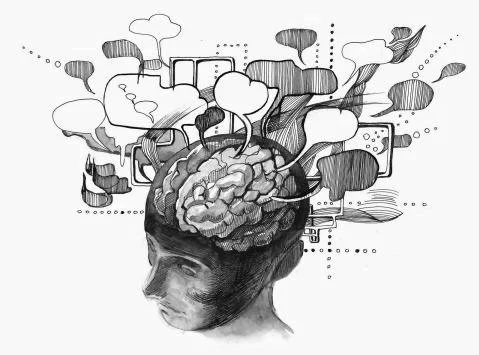The “Why” of EMDR
Because you can’t think your way out of a feeling
When we are faced with overwhelming emotional distress or trauma, our brain's ability to make sense of our experience is greatly diminished.
Our brain could be thought of as a computer who’s job it is to take the inputs - all the information our senses are picking up from the world - and organize them into one cohesive output - our experience of the world.
Trauma could be thought of as anything that overwhelms our brain’s computing powers.
With our bandwidth exceeded, information processing stops, leaving the inputs disorganized and the output fragmented and incomplete. And it is that disorganized, fragmented and incomplete memory state that prevents us from moving on. The brain can’t make sense of things, and so it continues to loop.
Eye Movement Desensitization and Reprocessing (EMDR) is a technique that facilitates information processing in the brain. By activating parts of the brain that are involved in memory processing and consolidation, EMDR helps the brain to sort through the disorganization and make sense of the experience. When used during therapeutic reprocessing of a distressing experience, EMDR helps to integrate previously unprocessed information and resolve left-over emotional remnants.
EMDR is an evidence-based therapy that has been scientifically demonstrated to be as or more effective than other mainstream therapies, including CBT, exposure therapy and pharmaceutical medication (SSRIs). EMDR is one of only two types of psychotherapies The World Health Organization recommends for treatment for PTSD, and has proven effective in a number of other disorders, including depression, anxiety, phobias, addictions, BPD and chronic pain.
Looking for More?
If you’re interested in learning more about Mind-Body Therapy, we have lots of information to geek out on! You might enjoy:







